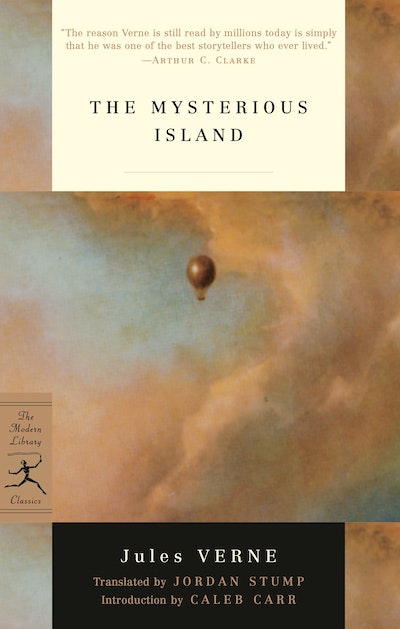[]
- Published: 15 December 2002
- ISBN: 9780812966428
- Imprint: Random House US Group
- Format: Paperback
- Pages: 672
- RRP: $49.99
The Mysterious Island
Formats & editions
Buy from…
- Published: 15 December 2002
- ISBN: 9780812966428
- Imprint: Random House US Group
- Format: Paperback
- Pages: 672
- RRP: $49.99





